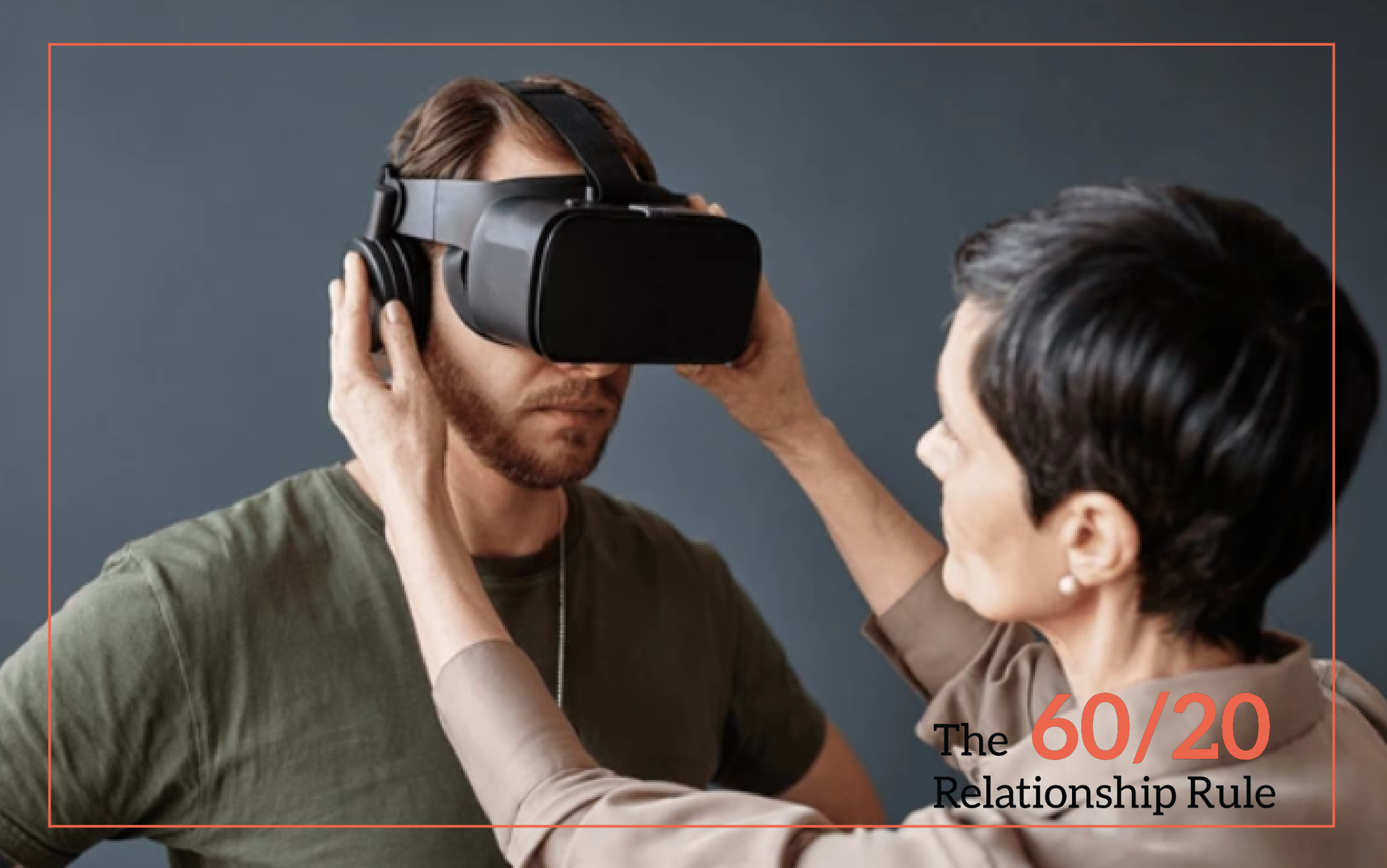Virtual and augmented reality are revolutionizing personal growth; therapy is next. In a safe, virtual setting, VR-AR therapy lets people confront and conquer deep-seated fears, anxieties, and painful memories.
Now wouldn’t everyone like to know how VR-AR therapy is revolutionizing self-help?

Chances are everyone already does! But by chance, if you don’t, you’re in great spirits here. The three benefits that will rock the personal development world are outlined below:
1. Conquering your fears
People with phobias can now get really effective exposure therapy using VR and AR. To build confidence and coping mechanisms, therapists slowly expose patients to simulated environments that trigger their phobias. Think of it like a carefully planned exercise to strengthen emotional resilience. For example, someone with a fear of heights can practice navigating virtual skyscrapers or climbing mountains, all from the comfort of a therapist’s office. Managing phobias gets easier with controlled exposure. This approach builds both emotional intelligence—understanding your own feelings—and empathy—understanding how others feel. Conquering fear? It works like so.
2. Reducing your anxiety

VR-AR therapy is also transforming anxiety treatment. Practicing relaxation techniques and building confidence happens when you face everyday anxieties like public speaking or interacting with others. Running through these situations preps you for the real thing. Learning to manage anxiety is easier with this experience. Anxiety got you down? Things are easier with this knowledge. You’ll be better prepared to handle whatever comes up.
It’s like getting a grip on a wild horse; you learn to guide it, not be dragged along. Imagine facing your fears in a safe, virtual space. That’s what VR and AR offer anxious patients. Improved confidence and emotional health? That’s what therapists are achieving with this technology; they’re tailoring experiences for each client. Mental health treatment will never be the same.
3. Recovering from PTSD

VR-AR therapy is showing remarkable promise in treating post-traumatic stress disorder (PTSD). By recreating the traumatic event in a controlled, virtual environment, individuals can process and work through their experiences in a safe and guided manner. Understanding and managing emotions, plus developing empathy—for yourself and others—are all improved with this therapy. Understanding emotions—yours and other people’s—gets easier. I’m so glad I found this; it made all the difference. Healing from PTSD starts with facing past traumas. Struggles build resilience; people get better after facing hardship.
The benefits all connect to a single point—increased emotional intelligence and empathy. Facing challenges becomes easier with VR-AR therapy’s safe space. Deeper understanding grows from this; it helps you discover who you are and improves your connections with others. For example, someone struggling with social anxiety might practice conversations in a safe, controlled environment. Feeling better and more confident comes from working through emotions. Feeling things deeply and understanding others’ feelings improves your life in many ways—from your relationships to your own sense of well-being. This blend is surprisingly strong; I’m impressed by its impact.
Personal development: It’s amazing what you can achieve!

So we have to wonder: are you ready to stay even more ahead of the personal development curve? Our newsletter’s got the scoop on the latest in self-improvement. Virtual and augmented reality are changing therapy. The evidence is in: it works. Subscribe today!

